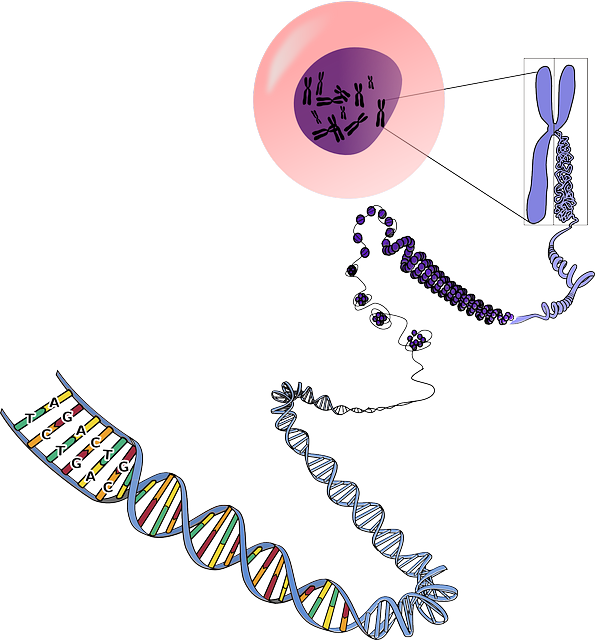Imagine your body as a complex computer system, with genes acting like its software. Genes are the instruction manual that tells your body how to function, grow, and develop. They’re made up of DNA, which is like the code that runs the software.
Just like a computer program is made up of lines of code, your genes are made up of sequences of nucleotides. These sequences determine your traits, such as eye color, height, and susceptibility to certain diseases.
Your genes are organized into structures called chromosomes, which are like folders containing different sets of instructions. Humans typically have 23 pairs of chromosomes, one set from each parent.
Each gene contains the instructions for making a specific protein. Proteins are like the tools and machinery that carry out various tasks in your body, from building tissues to regulating chemical reactions.
Changes or mutations in genes can alter the instructions they provide, leading to differences in protein production or function. Sometimes these changes can cause genetic disorders or increase the risk of certain diseases.
Genes also play a role in inheritance. You inherit half of your genes from each parent, which is why you may share traits with your family members.
Researchers study genes to understand how they influence health and disease. This knowledge helps doctors diagnose genetic conditions, develop treatments, and provide personalized medical care.

In summary, genes are like the software of your body, providing instructions for its development and function. They’re made up of DNA sequences organized into
